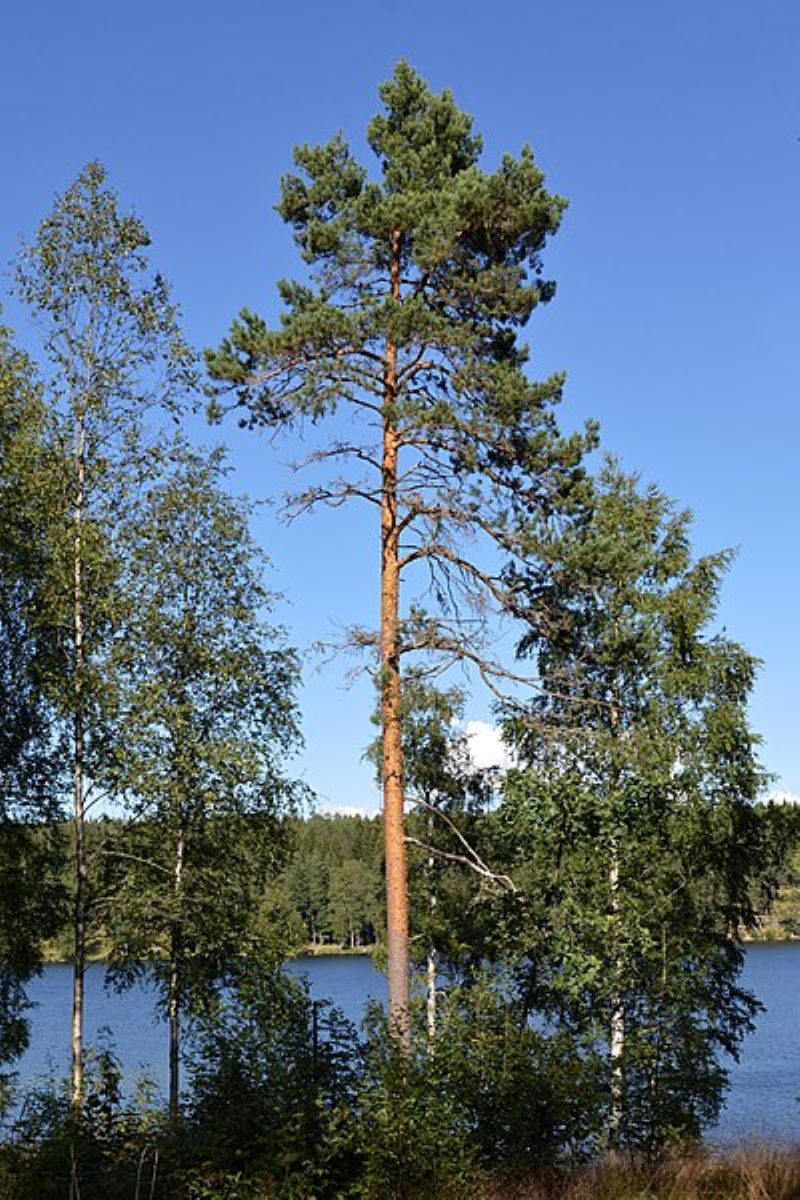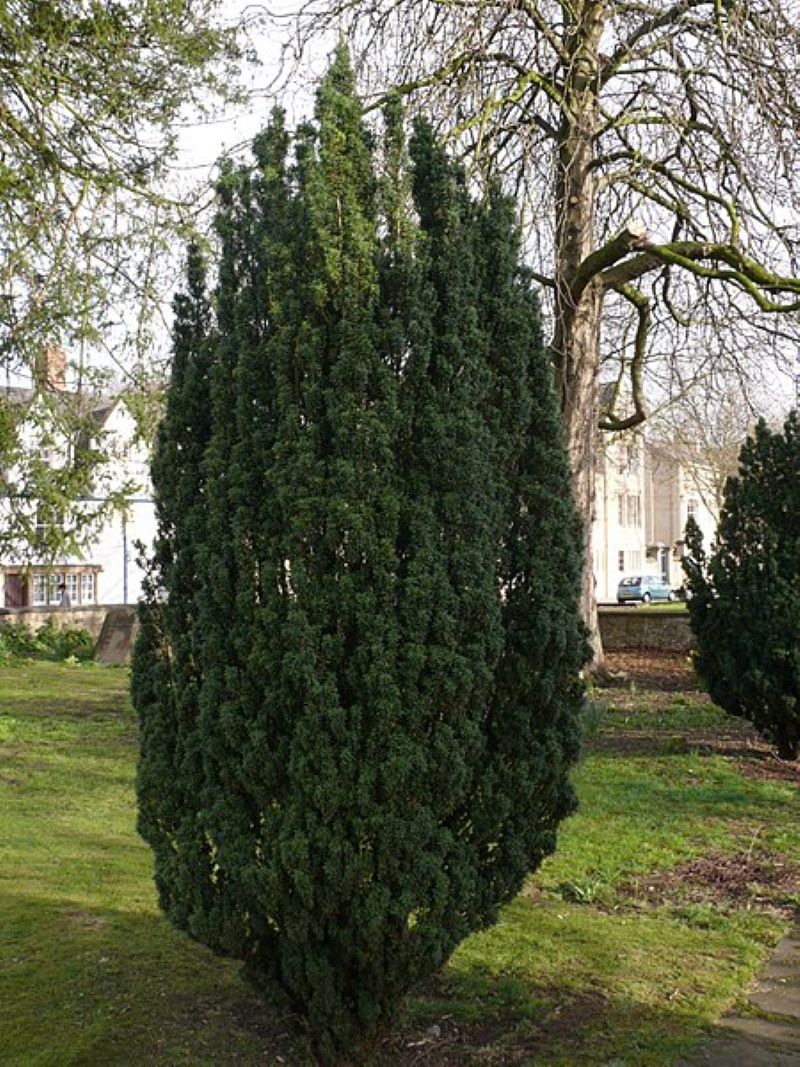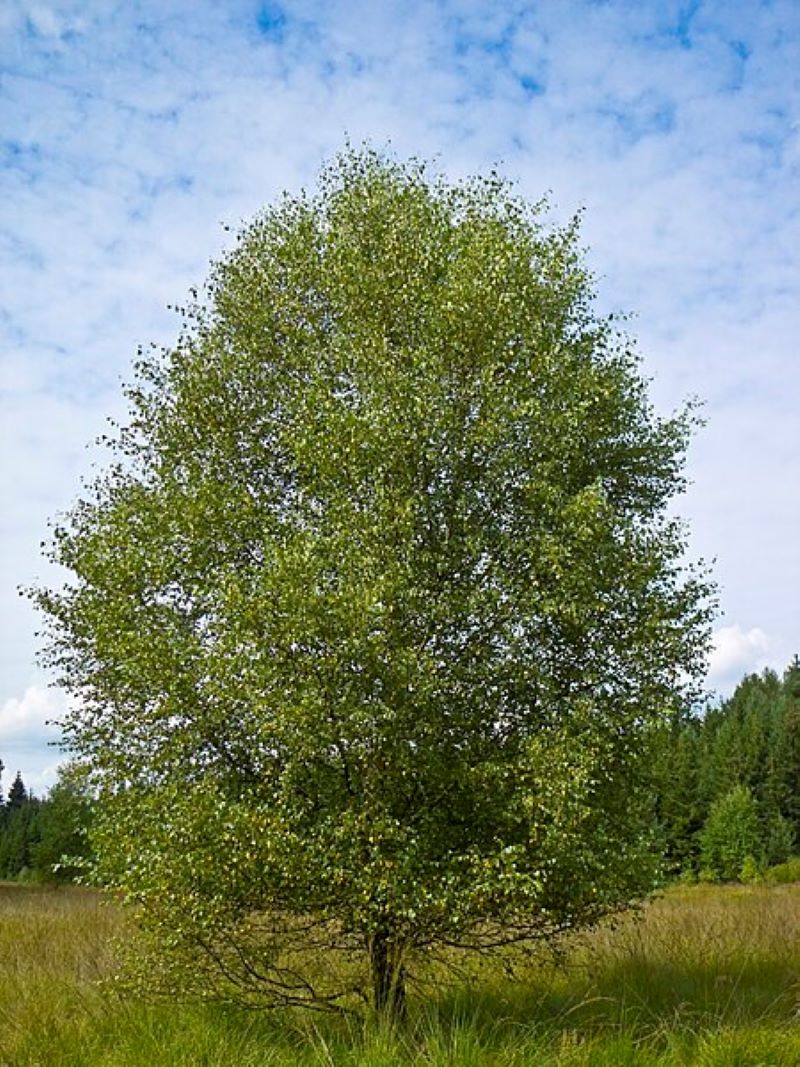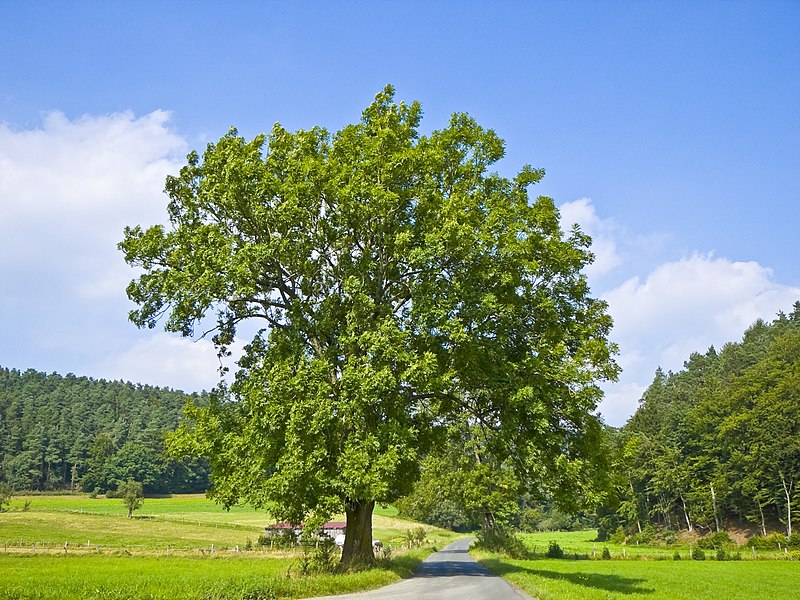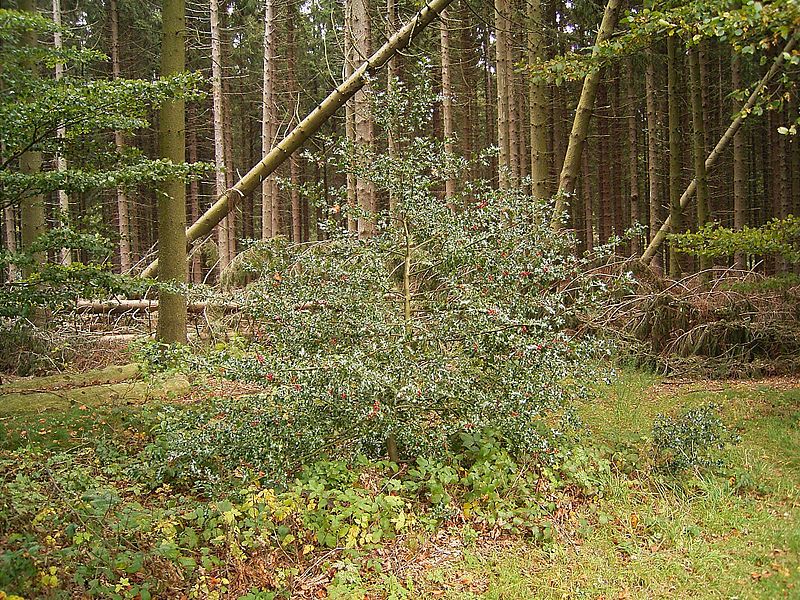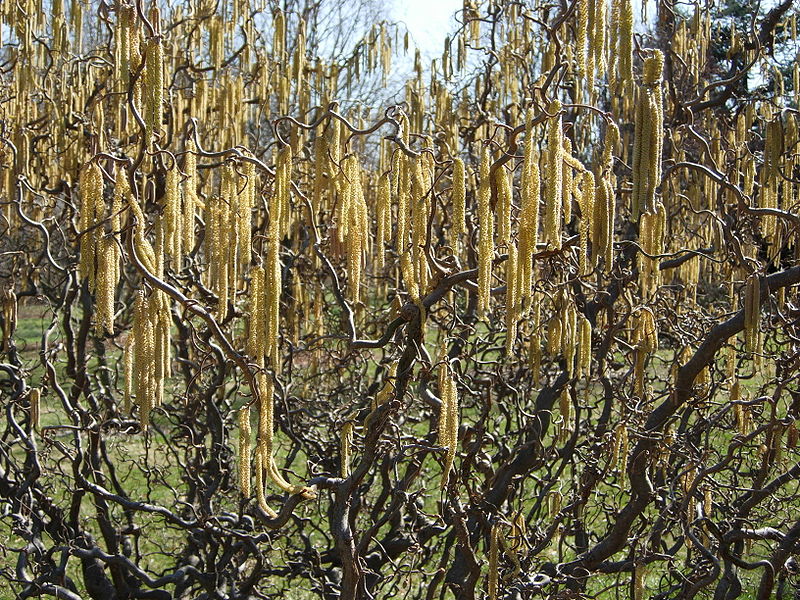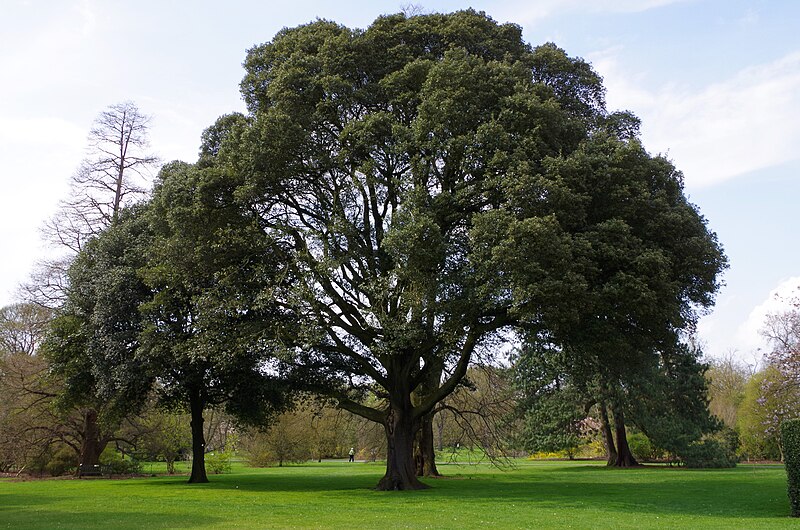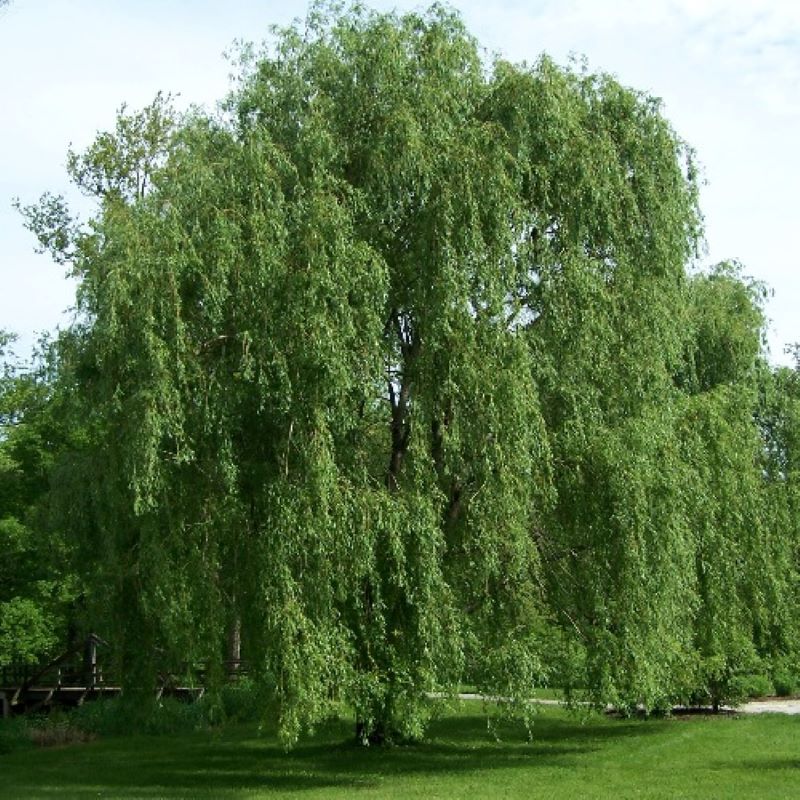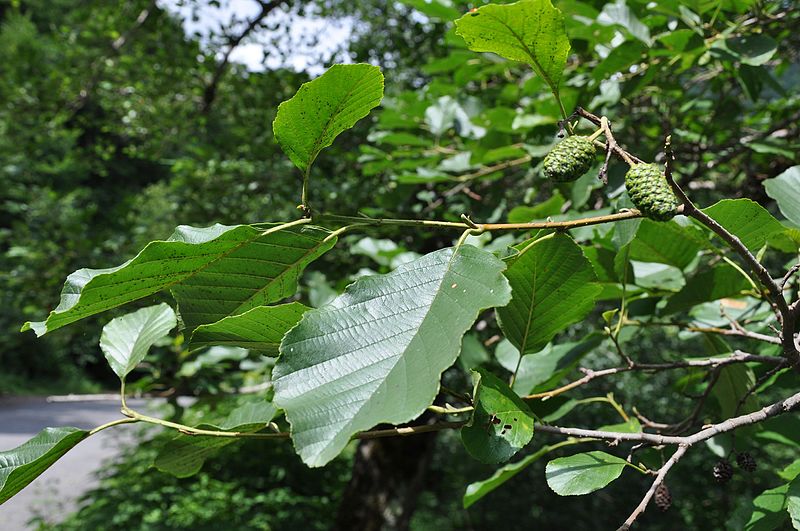Are you looking for the top native trees of Ireland?
In Ireland, trees are a vital part of nature, with around 7,500 types. However, only 28 are native, meaning they came to Ireland on their own after the last Ice Age. These trees have adapted well to the Irish weather and soil, offering homes and food for various animals and plants.
In Ireland, trees are important not just for nature but also because they’re linked to stories, myths, and history.
Irish trees enhance the nation’s scenic charm while playing a vital role in maintaining diverse ecosystems and preserving abundant biodiversity. Recognizing and safeguarding these indigenous trees is fundamental to conserving Ireland’s natural legacy for the generations to come.
Let’s take a closer look at the top 10 native trees to Ireland and the significance they hold.
Things you'll find in this article
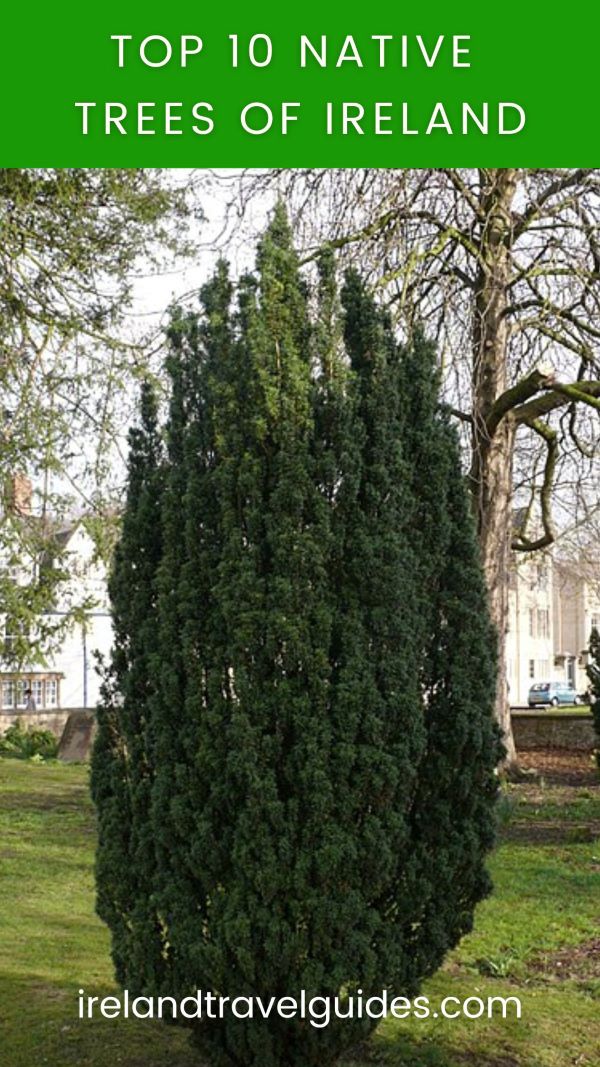
1. Scots pine (Pinus sylvestris)
The Scots pine is a special tree in Ireland. It has reddish-brown bark and green needles all the time. You can find it in many places, all the way from Ireland to Siberia.
Scots pine timber can be used for building houses, making furniture, and creating other things like chipboard, boxes, fences, telegraph poles, and paper pulp. People like using it because it’s strong and can be used in different ways.
This tree is truly well-suited to Ireland’s weather and is usually found in the high-up places. It makes the landscape look extra pretty, and the many seeds it has feed lots of birds.
2. Rowan (Sorbus)
The rowan, or mountain ash, is a small tree in Ireland that grows well in rough places. Its bunches of red berries make the countryside look stunning, and they’re important food for birds, especially in winter.
The rowan tree has strong wood that’s great for making sturdy walking sticks and carving. In the past, people used it for tool handles, spindles, and spinning wheels. Druids even used the tree’s bark and berries to dye their clothes black for special ceremonies under the moon.
The rowan’s resilience in harsh conditions makes this tree a valuable addition to Ireland’s native flora.
3. Irish yew (Taxus baccata ‘fastigiata’)
The yew is an ancient and long-lived tree that is often found in churchyards and sacred sites, where it is planted as a symbol of eternity. It is an evergreen conifer that can live for thousands of years, and has dark green needles and red berries. Be careful, though, because its leaves and seeds are poisonous.
People link the Irish yew tree with death and new beginnings because it can grow again from its own roots and branches. Druids used it to make their wands, and ancient Irish folks used it to make bows and spears.
The oldest yew tree in Ireland is more than 800 years old, and you can find it in the Maynooth Castle grounds in County Kildare.
4. Birch (Betula pubescens)
You often see birch trees in Ireland’s forests and heathlands. These trees have a thin trunk and pretty leaves. Birch trees are special because they grow quickly and can adapt well to different places. This makes them important for nature.
Birch trees help many insects and birds thrive. Their unique bark and light leaves make the Irish countryside look even more beautiful. People use the wood from birch trees to make things like brooms and fences.
The bark of the tree is also handy for dyeing fishing nets and tanning leather. So, besides looking nice, birch trees are useful in many ways, helping nature and people alike.
5. Ash (Fraxinus excelsior)
The ash tree is a common and elegant tree in Irish woodlands, known for its pretty leaves. People like its wood for many things, and the tree is home to lots of insects and lichens.
You can find ash trees in Irish hedgerows and traditional woodlands. They grow in different soils, except for acidic ones, and they like places where the water can drain well. There are ash woods in places like the Burren in County Clare and Hanging Rock in South Fermanagh.
The common ash is the tallest tree you often see in Ireland. It’s a special kind of tree that loses its leaves, but even if you cut it down, it can grow again from the same spot.
6. Holly (Ilex aquifolium)
The holly tree in Ireland stays green all year. It’s not very tall, usually less than one meter, but it’s very important for birds and other animals, especially during winter.
Irish people love holly because it has shiny green leaves and bright red berries, especially during festive times. This special tree is important for nature and helps many animals all year round. It’s tough and can grow well in different types of soil all over the country.
In Celtic mythology, the holly tree is deemed sacred and represents peace and goodwill.
7. Hazel (Corylus avellana)
According to Celtic tales, the hazel tree was the very first thing on Earth. The first hazel tree in Ireland, growing by the Well of Wisdom, was believed to have all the knowledge of the whole universe in its branches.
The hazel tree, famous for its edible nuts, has been a valuable resource for both humans and wildlife in Ireland for centuries. Its dense, coppiced growth provides an ideal habitat for small mammals and birds.
The hazel’s contribution to the country’s traditional crafts and cuisines further underscores its importance in Irish culture.
8. Oak (Quercus)
The oak tree is strong and lasts a long time. It’s a famous tree in Ireland, known for its tough trunk and wide branches that give homes and food to many different plants and animals.
Oak trees are important in Ireland because the acorns they produce are a special food for animals. This makes oak trees a vital part of the country’s natural places.
The oak tree is deemed the “king of the forest” because it’s strong and can live for a long time – around 300 years. People see it as a symbol of kingship, representing strength and fertility.
9. Willow (Salix)
In Ireland, there are many kinds of willow trees, and they often mix together, making lots of hybrids. It’s hard to tell them apart. People have been using willow for a very long time to make baskets, even since the earliest days of humans.
Willow trees, known for their bendy branches and thin leaves, are often seen in Ireland’s wetlands. These trees are great at handling lots of water and growing quickly. They help keep riverbanks steady and give a safe place for animals in wetlands.
People often view the willow as a survivor and a symbol of starting fresh because it can live a long time and it’s easy to grow new trees from its cuttings.
10. Alder (Alnus glutinosa)
Alders are common trees in Ireland, especially in wet places like near lakes and rivers. They have strong roots that help hold the soil in place. You can see alder woodlands in places like Ross Island in Killarney, County Kerry, and the Gearagh in County Cork. Alders are a traditional and widespread part of Ireland’s nature.
Alder wood is really strong and was used to make shields for wars, so people connected it with fighting. When you cut it, the light wood changes to a deep orange color, looking like it’s bleeding. Because of this, ancient Irish people thought of alder as a symbol of death.
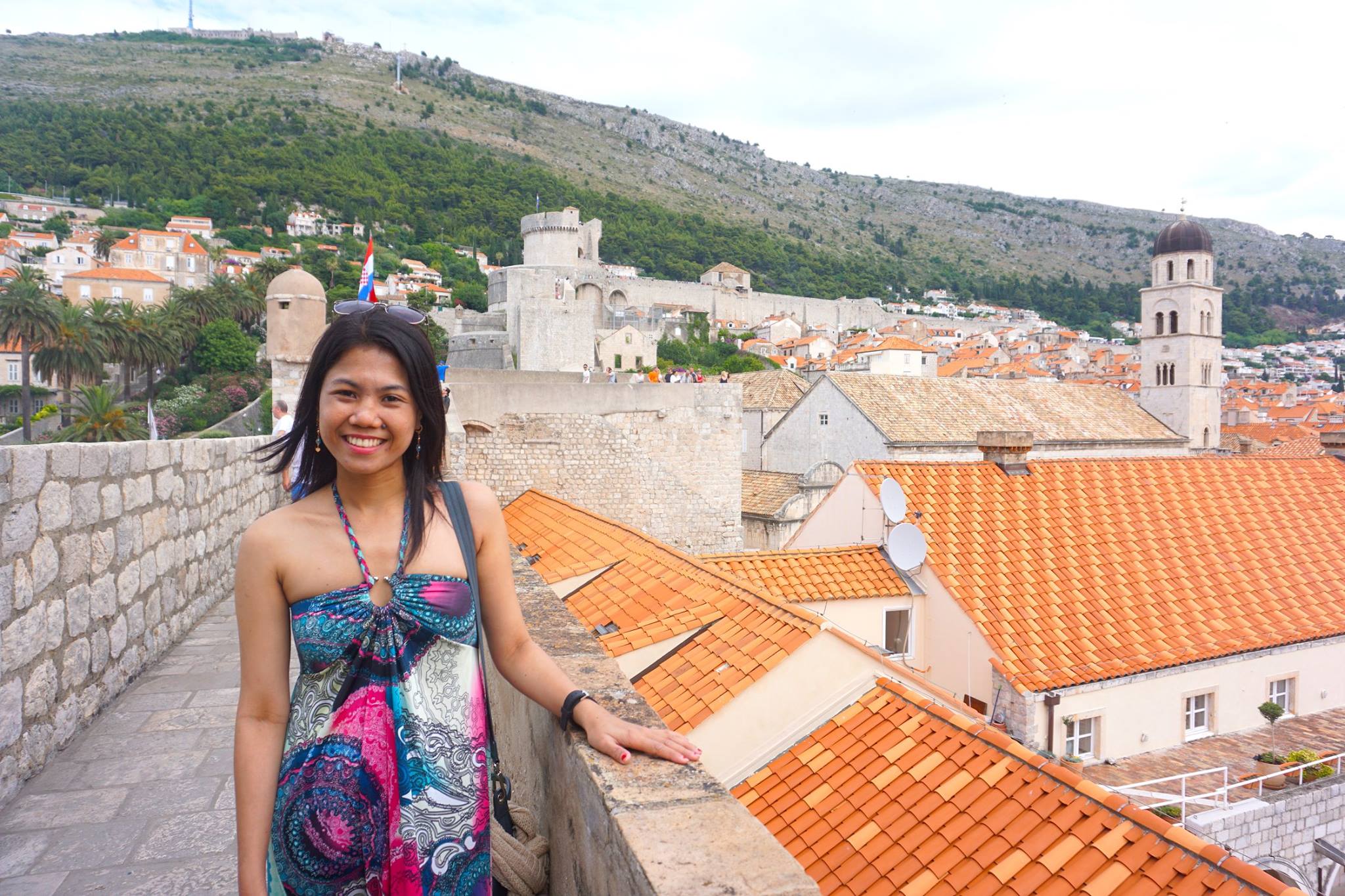
Hi, I’m Christine – a full-time traveler and career woman. Although I’m from the Philippines, my location independent career took me to over 60 countries for the past 12 years. I also lived in 4 continents – from the Caribbean, South East Asia, Africa and now in Europe. But despite living in several countries, my love for Ireland remains the same. A country that had been a part of my life since I was 14 because of my love for Irish music and bands. Ireland Travel Guides was born because of this passion and hopefully, in some little ways, this website will be able to help you on your next trip to Ireland.
